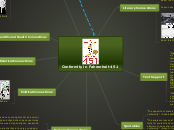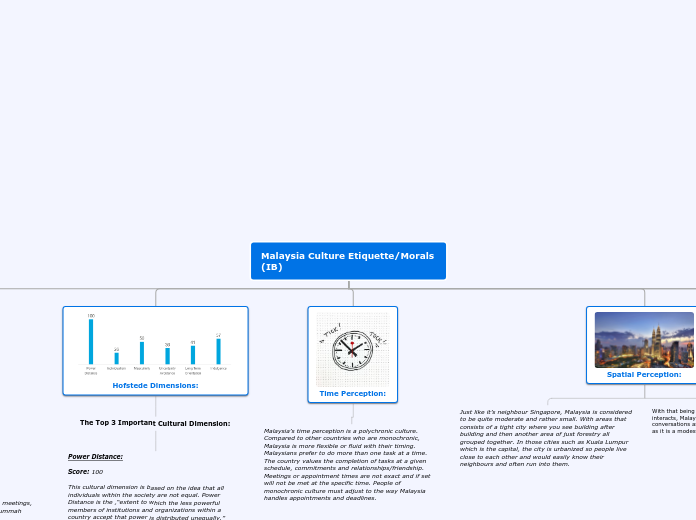av Nonna Guremina 6 måneder siden
280
ICT & MEDIA LITERACY IN PSYCHOLOGY
The course aims to equip psychology bachelor's students with essential skills in ICT and media literacy. It focuses on developing abilities to create and use software products, work effectively with digital sources and resources, and produce media content such as blogs, channels, and podcasts for professional purposes.









